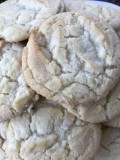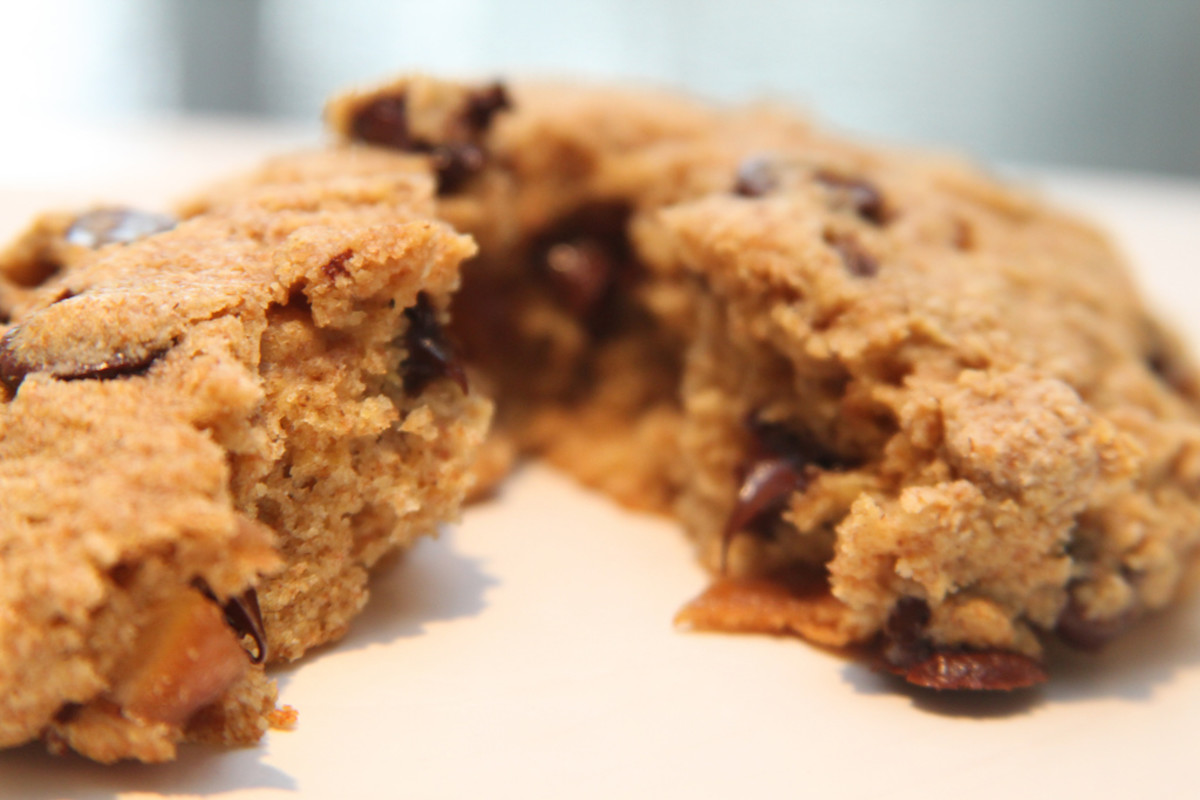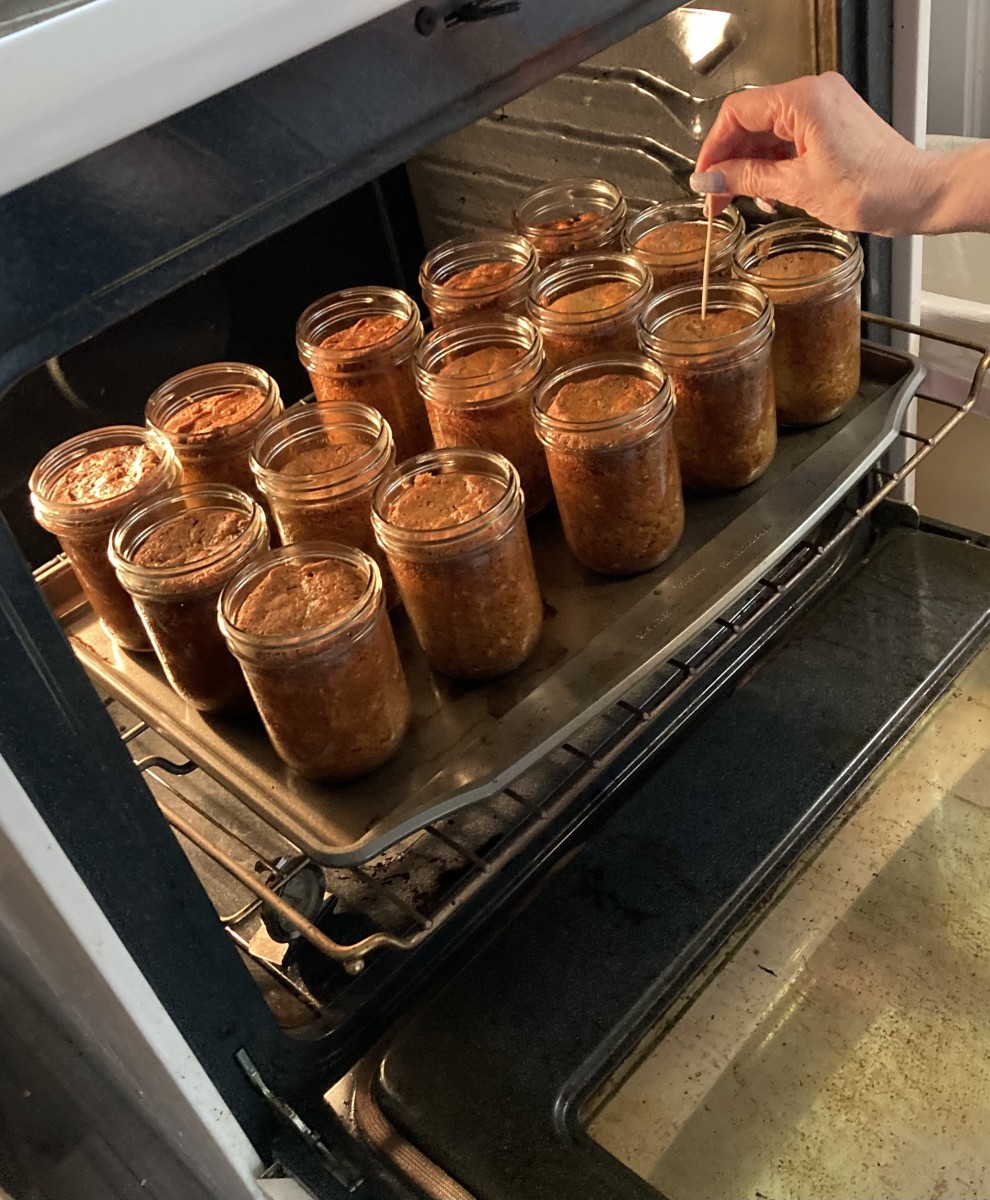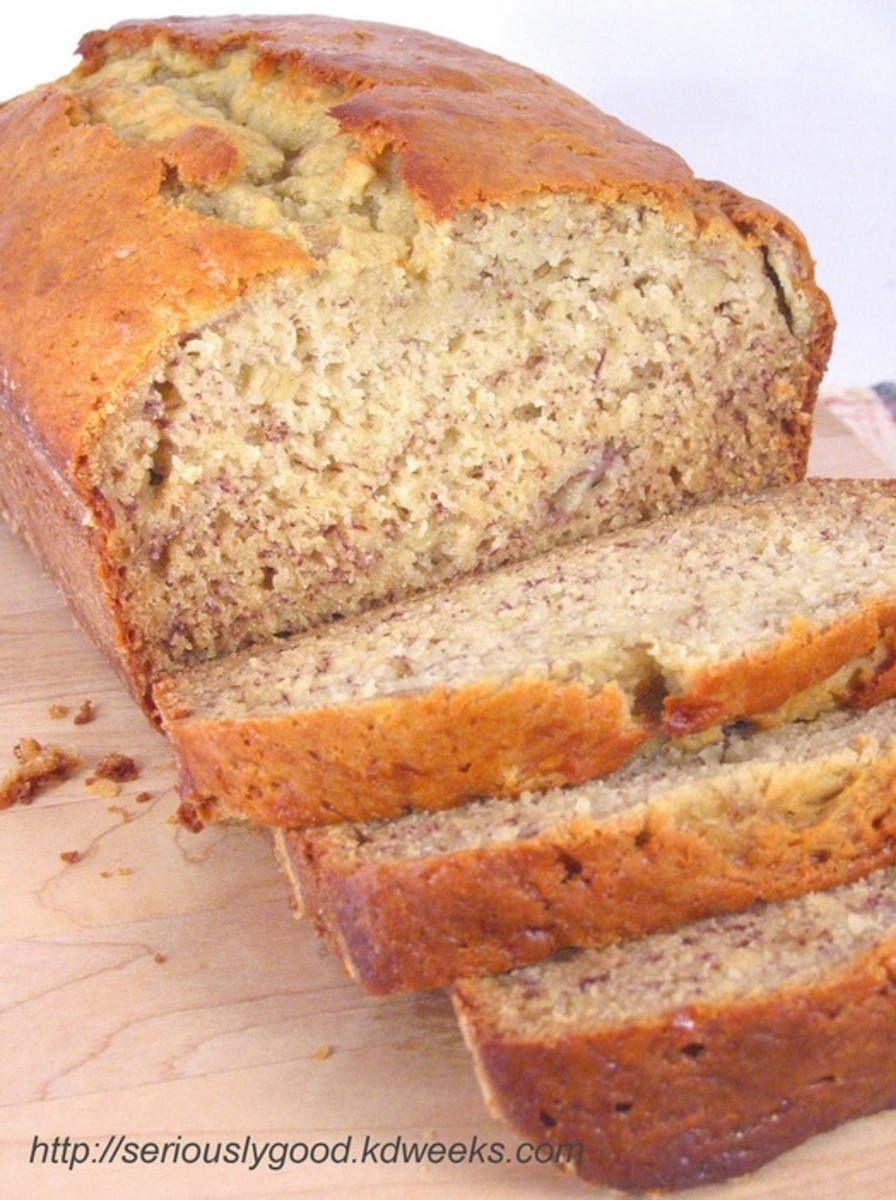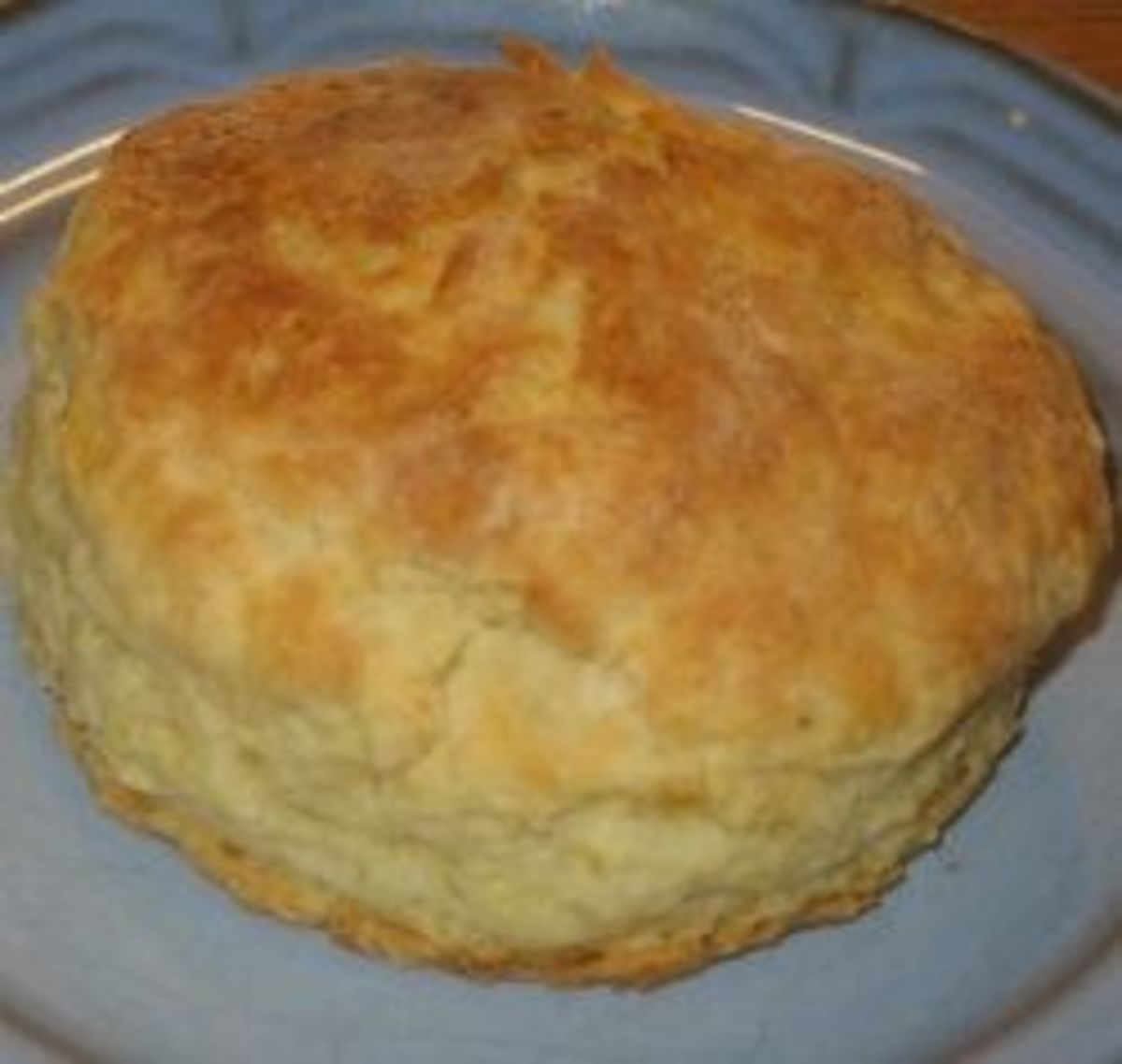Make Perfect Cookies Every time
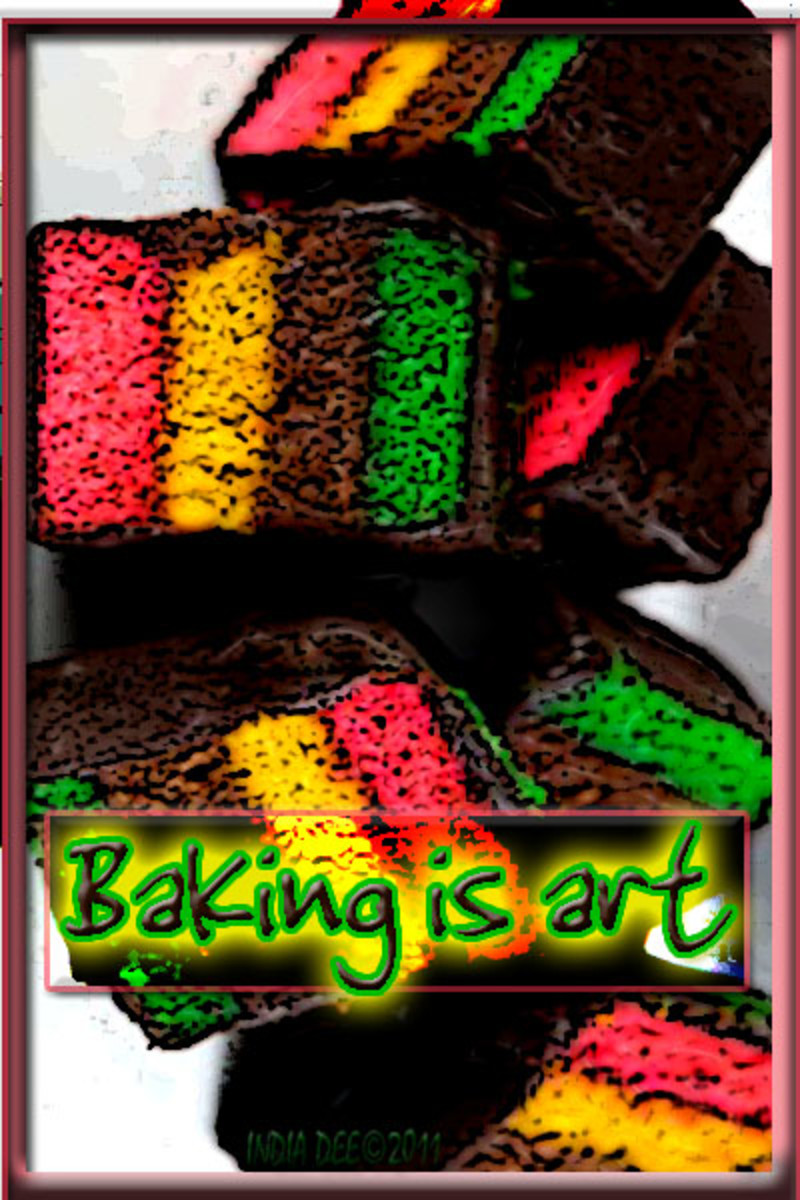
Cookies, just because they are not as fancy as a five tier layer cake or a fresh baked loaf of sourdough bread, doesn't mean they can't be deliciously perfect confections, or that they deserve less care than these bigger baking projects. Within this baking Guide for cookies, you will find tips and tricks on how to make the best possible cookie of any kind. In my opinion, if it's worth baking, it's worth baking well. By answering a few questions, my hope is to give you advice for making the best cookie possible. Time to consider buying the perfect cookie jar for storing your soon to be outstanding cookie treats!
Rules For The Perfect Cookie
A. Preheat the oven:
When baking small items like cookies, it is very important to have the oven at temperature right from the start of baking.
B. Gather and measure your ingredients carefully:
The same scientific principles apply to cookies that apply to baked cakes and breads. Substituting baking powder for baking soda will reek havoc on your cookie recipe. Read the recipe through before starting anything.
PERFECT COOKIE SIZE
Making Perfectly Uniform Cookies
To make sure that your cookies are all of a uniform size, use a #40 ice cream scoop for perfectly round drop cookies. Use a #16 scoop for a really large (approx. ¼ cup size) cookie. Scrape it against the side of the bowl for a flat bottom, which ensures each cookie is of the same exact size.
C. Handle the ingredients properly:
If a recipe calls for course chopped nuts, don't chop them finely. Sift when called for, use softened butter when needed (don't try getting away with using the cold hard stuff), use liquid ingredients (milk & eggs) at room temperature unless otherwise specified. There is good reason these things are specified in a recipe, so don't venture too far from the formula.
D. Leave the needed space between cookies on the baking sheet:
If you neglect this step you could end up with one giant cookie at the end. If a recipe says to leave 2" between cookies, I recommend leaving the 2". It's also important that the cookies are made the same size, it's a real drag when the small cookies are done while the big cookies are still too doughy.
E. Be careful and patient when removing hot cookies from a baking sheet:
Use a wide enough and thin-edged metal spatula so the warm soft cookies don't droop over the sides. Silicone and rubber spatulas are too thick. It's a good practice in patience, but try letting the cookies set up for a couple of minute before moving them from the baking sheet. For optimum results, line your cookie sheet with parchment paper—then you can simply slide the parchment paper with the cookies right on top over to a cooling rack.
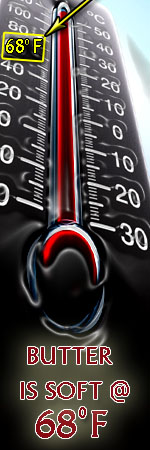
ANSWERS TO COOKIE QUESTIONS
On many occasions I have been asked questions regarding proper technique when making cookies. Of these questions, four seem to come up more often then others. Below are the answers to these four frequently asked questions on proper cookie making techniques. I hope you find the answer to your cookie questions among them.
How To Get Butter Soft Quickly
1. WHAT IS THE BEST WAY TO SOFTEN BUTTER IF I'M IN A HURRY TO BAKE COOKIES?
- It takes butter about 30 minutes to soften to a pliable stage—68°F, 18-20°C internal temperature—on an average temperature day. You can cut that time in half by cutting the butter into smaller pieces which creates more surface area, which allows for a faster change in temperature.
- Never microwave your butter to soften it! I do not recommend softening your butter using the microwave for one very important reason; it's never the same once melted. Here's why; once butter melts it causes the milk solids and water in the butter to separate from the butterfat. This separation will seriously degrade the way butter interacts with sugar when the two get beaten together, and in the oven, which will destroy the structure of your cookies. Refrigerating melted butter until it is solid again will NOT return it to its previous emulsified state.
What To Do With Melted Butter
If you don't mind a chocolate chip cookie that is flat and chewy go ahead and use the melted butter. The cookie won't be puffy and soft, but some folks might prefer a flat chewy cookie result. Just say you intended them to be this way!
Try These Helpful Baking Guides:
CAN I RECOOK UNDERDONE COOLED DROP COOKIES?
Yes. Cookies can be crisped up by putting them back in the oven for a minute or two of extra cook time; even after they have been cooled.
Combining Sugar and Butter
2. HOW DO I KNOW WHEN MY SUGAR AND BUTTER ARE PROPERLY CREAMED?
- Butter and sugar go through many stages before they get to the creamed stage. At first, the mixture will be chunky. Then it will become sandy. A bit later, it will look like it's being flattened against the mixer walls. Then, after 2 or 3 minutes, the butter will have lightened in color no longer looking yellow, but rather an off-white. At this point, the mixture has become fluffy, because the mixing action has introduced air into the butter with the acid of the sugar crystals—the mix is now properly creamed.
A Simply Perfect Lesson on Properly Creaming Butter and Sugar. (2 minutes, 55 second video)
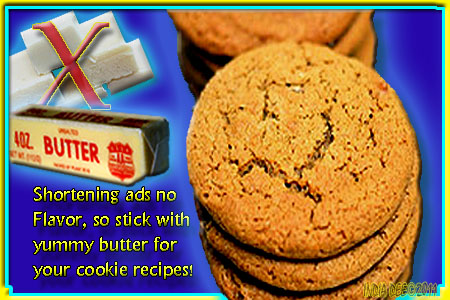
Should I Use Shorting or Butter
3. CAN I USE VEGETABLE SHORTENING INSTEAD OF BUTTER IN A COOKIE RECIPE?
- Vegetable shortening in equal amounts will be just fine in any cookie recipe that calls for solid butter, but with a couple of differences. Cookies made by creaming shortening and sugar together will have a much higher rise and lighter texture than cookies with butter. The shortening will capture more air than the butter during the creaming process, and already has a chemical structure that contains gas bubbles which will expand during baking. Here's the catch; shortening offers nothing to the flavor of your cookie recipe, it's very neutral in flavor. Whereas butter has fantastic flavor and also enhances the taste of other ingredients, shortening simply falls flat. That's right, butter will make your chocolate chip cookies taste more chocolaty and your spice cookies far more piquant!
COOKIE CATEGORIES CHART
COOKIE TYPE
| TECHNIQUE
| DIFFICULTY
|
|---|---|---|
Drop
| Droping a simple cookie ball onto a cookie sheet
| Beginner
|
Hand-formed
| Hand forming into cresents and other shapes, crosshatching, thumb impressions, biscotti, and French tuiles
| Beginner intermediate
|
Bar
| Brownies, blondies, layered treats like lemon & pecan bars
| Semi-skilled
|
Rolled
| Gingerbread men, rolled sugar cookies, requires; rolling pin, sharp pearing knife, or cookie cutters
| semi-skilled to skilled
|
Ice-box or slice and bake
| Shaping dough into logs, refrigerate or freeze logs, slice off rounds for baking
| semi-skilled to skilled
|
Piped and molded
| Spritz (pressed out of cookie gun) like madeilines, baked in molds, ladyfingers, macaroons, meringue, any piping bag batter application
| skilled
|
Filled
| Spread with filling and rolled, rugelach, sandwhich filled, whoopie pies
| skilled
|
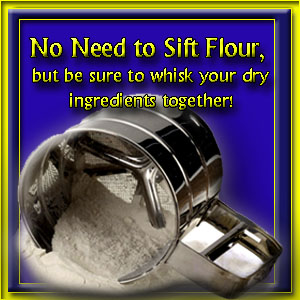
How to Sift Dry Ingredients for Baking
4. DO I REALLY HAVE TO SIFT THE DRY INGREDIENTS TOGETHER BEFORE ADDING THEM TO THE CREAMED BUTTER MIXTURE?
- Sifting your flour was more important back in the day when flour was not presifted. Early bakers would encounter lumps and clumps of compacted flour that needed to be broken up before any baking could begin. Today's flour is actually lump-free, so no sifting is required. Whenever I write a recipe for cookies, I ask the readers to combine the dry ingredients—flour, salt, baking soda, baking powder— in a mixing bowl and whisk them together prior to adding them to the liquid ingredients. This whisking practice has more to do with blending and distributing the leaveners and salt evenly throughout the cookie dough than about sifting out lumps. I do recommend sifting cocoa powder through a fine strainer when adding it to the dry ingredients, as cocoa powder is not presifted and often contains some rather bulky bits.
Testing Your New Cookie Know-how
view quiz statisticsBaking the Best Possible Cookies!
Now all you need to do is get your hands on your favorite cookie recipe and follow the tips and tricks found in this "baking guide for cookies." Make sure you have plenty of ice cold milk on hand. Now go get to makin' "the best possible cookies!"

